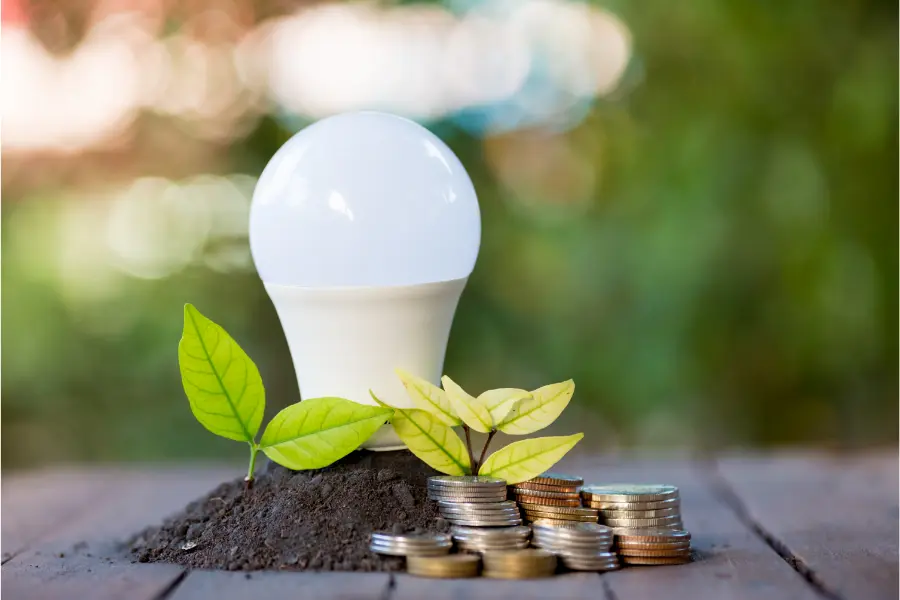7 Ways Toothbrush Recycling Saves The Planet

Toothbrushes are one of the most widely used personal care items globally, with billions of people using them daily. However, the sheer volume of toothbrushes used and discarded every year has significant environmental implications. The majority of toothbrushes are made from plastic, which contributes to the staggering amount of plastic waste that ends up in landfills and oceans. This is where toothbrush recycling comes into play, offering a tangible solution to reduce waste and mitigate the environmental harm caused by disposable toothbrushes.
The Environmental Impact of Disposable Toothbrushes
Before delving into the ways toothbrush recycling saves the planet, it’s essential to understand the environmental footprint of disposable toothbrushes. Traditional toothbrushes are typically made from a combination of plastic and nylon. The plastic parts, including the handle, are often derived from non-renewable resources such as petroleum. Furthermore, the manufacturing process of toothbrushes requires energy and generates greenhouse gas emissions, contributing to climate change. When these toothbrushes are discarded, they can take hundreds of years to decompose, leading to plastic pollution in oceans and landscapes. This not only harms marine life and ecosystems but also contaminates the food chain.
The Power of Toothbrush Recycling
Toothbrush recycling is a critical step towards reducing plastic waste and the environmental damage it causes. By recycling toothbrushes, individuals can significantly decrease the amount of waste sent to landfills. Here are seven ways toothbrush recycling makes a difference:
Conservation of Natural Resources: Recycling toothbrushes helps conserve non-renewable resources. By reusing the materials from old toothbrushes, such as plastic and metal, the demand for virgin materials decreases. This conservation is crucial for maintaining natural resources for future generations and reducing the environmental impact associated with extracting and processing raw materials.
Reduction in Greenhouse Gas Emissions: The production of new toothbrushes requires significant amounts of energy, which is often generated by burning fossil fuels and contributes to greenhouse gas emissions. By recycling toothbrushes, the need for producing new ones from raw materials is reduced, thereby decreasing the amount of energy used and lowering greenhouse gas emissions. This reduction is essential for combating climate change and its associated impacts on global ecosystems and human health.
Decrease in Plastic Pollution: One of the most visible benefits of toothbrush recycling is the reduction in plastic pollution. By ensuring that used toothbrushes are recycled rather than thrown away, the amount of plastic that ends up in oceans, rivers, and landscapes is significantly decreased. This reduction in plastic pollution helps protect marine life, reduces the risk of plastic entering the food chain, and preserves the beauty of natural environments.
Support for a Circular Economy: Toothbrush recycling supports the transition to a circular economy, a system aimed at eliminating waste and the continual use of resources. By designing products and systems that are restorative and regenerative by design, we can keep resources in use for as long as possible, extract the maximum value from them whilst in use, and recover and regenerate materials at the end of each service life. This approach is critical for reducing waste, promoting sustainable consumption, and protecting the environment.
Promotion of Sustainable Consumption: Engaging in toothbrush recycling promotes sustainable consumption behaviors. By choosing to recycle and possibly opting for recyclable or bamboo toothbrushes, individuals make a conscious decision to reduce their environmental footprint. This mindful consumption can influence broader lifestyle choices, encouraging people to adopt more sustainable practices in other areas of their lives.
Protection of Biodiversity: The reduction in plastic waste and the preservation of natural habitats through toothbrush recycling contribute to the protection of biodiversity. Plastic pollution is known to harm and kill millions of marine animals each year, from tiny fish to large mammals. By reducing plastic waste, we can help preserve marine ecosystems and the biodiversity they support. Moreover, conserving natural resources and reducing pollution help maintain healthy ecosystems on land, which are essential for a wide range of plant and animal species.
Community Engagement and Education: Toothbrush recycling programs often involve community engagement and education initiatives. These efforts not only encourage more people to participate in recycling but also raise awareness about the importance of sustainability, the impact of plastic waste, and the simple actions individuals can take to contribute to environmental protection. Educating communities about the value of recycling and the benefits of sustainable living is crucial for fostering a culture of environmental stewardship.
Implementing Effective Toothbrush Recycling Programs
For toothbrush recycling to be effective, it’s essential to have well-structured programs in place. This includes convenient collection systems, efficient recycling technologies, and clear communication with the public about the importance and process of toothbrush recycling. Additionally, manufacturers can play a significant role by designing toothbrushes with recyclability in mind and providing recycling options for their products.
Conclusion
Toothbrush recycling is a small but significant step towards a more sustainable future. By understanding the environmental impact of disposable toothbrushes and engaging in recycling efforts, individuals can contribute to the conservation of natural resources, reduction in greenhouse gas emissions, and protection of biodiversity. As we move forward, it’s crucial to continue innovating and improving recycling technologies, promoting sustainable consumption, and supporting policies that prioritize environmental protection. Together, these efforts can make a substantial difference in reducing plastic waste and preserving the health of our planet for future generations.
How can I participate in toothbrush recycling?
+To participate in toothbrush recycling, you can start by checking if your local recycling program accepts toothbrushes. Many communities have specific collection points for personal care items. You can also look for manufacturer-led recycling programs or drop-off locations at local pharmacies or dental clinics. Remember to remove any excess materials like toothpaste and rinse your toothbrush before recycling.
<div class="faq-item">
<div class="faq-question">
<h3>What happens to recycled toothbrushes?</h3>
<span class="faq-toggle">+</span>
</div>
<div class="faq-answer">
<p>Recycled toothbrushes are typically sorted and broken down into their component materials, such as plastic and metal. These materials are then processed into raw materials that can be used to manufacture new products. For example, the plastic from toothbrushes might be transformed into playground equipment, park benches, or even new personal care items. This process helps conserve resources, reduces the need for virgin materials, and decreases the amount of waste sent to landfills.</p>
</div>
</div>
<div class="faq-item">
<div class="faq-question">
<h3>Can all types of toothbrushes be recycled?</h3>
<span class="faq-toggle">+</span>
</div>
<div class="faq-answer">
<p>Not all toothbrushes can be recycled through standard recycling programs. While many traditional toothbrushes made from plastic and nylon can be recycled, some toothbrushes, especially those with complex parts like electronic toothbrushes, may require special recycling. It's also worth noting that some toothbrushes, like those made from bamboo or bioplastics, are designed to be more environmentally friendly and might have different recycling or composting options. Always check with your recycling provider or the toothbrush manufacturer for specific guidance.</p>
</div>
</div>
<div class="faq-item">
<div class="faq-question">
<h3>How does toothbrush recycling impact climate change?</h3>
<span class="faq-toggle">+</span>
</div>
<div class="faq-answer">
<p>Toothbrush recycling can impact climate change by reducing the demand for new raw materials and the energy needed to produce them. The extraction, processing, and manufacture of virgin materials for toothbrushes require significant amounts of energy, often generated by burning fossil fuels, which releases greenhouse gases. By recycling toothbrushes, we can decrease the amount of energy used and lower greenhouse gas emissions, contributing to global efforts to combat climate change.</p>
</div>
</div>
<div class="faq-item">
<div class="faq-question">
<h3>What are some alternatives to traditional disposable toothbrushes?</h3>
<span class="faq-toggle">+</span>
</div>
<div class="faq-answer">
<p>For those looking for more sustainable options, alternatives to traditional disposable toothbrushes include toothbrushes made from bamboo, which are biodegradable and compostable, and electric toothbrushes with replaceable heads, which can reduce waste over time. Some companies also offer toothbrushes with handles made from recycled materials. Choosing these alternatives can significantly reduce your personal contribution to plastic waste and support more sustainable consumption practices.</p>
</div>
</div>
</div>

